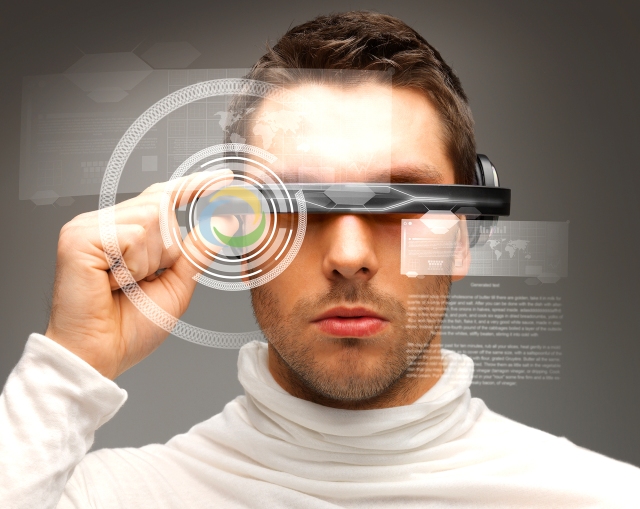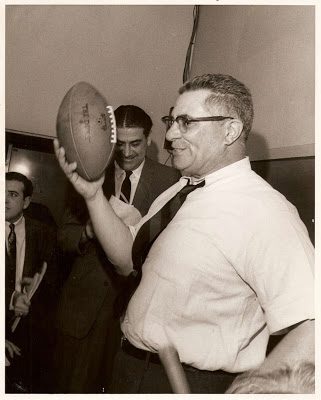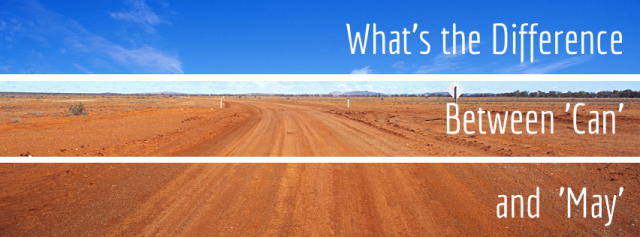“The most beautiful experience we can have is the mysterious. It is the fundamental emotion that stands at the cradle of true art and true science.” ― Albert Einstein
Ahh innovation. Such a fun topic to write about, to discuss, to throw around with abandon. After all, look at all the innovation we’ve seen in the last decade. Why there’s Tesla reinventing the automobile, Uber remaking transportation, AirBNB recreating hospitality.
Then again, are we really making progress in innovation? Are we really innovating more? In the 60’s we had the audacity to to think we could put someone on the moon in less than a decade. And we did! Now? We have fighter jets that can’t fly in the rain [1], nuclear bases that save data to floppy drives [2] and banks that still program in COBOL [3]. Progress?
Early in the 17th century Francis Bacon declared that “knowledge is power.” We’ve been addicted to that slogan ever since. The idea is; Knowledge gives us the ability, i.e., the power, to accomplish things; Knowledge confers control. Right? After all, “real knowledge” is tangible, measurable, quantifiable. We can hold it, we can grasp it, we can use it as leverage. Anything short of that really isn’t knowledge in our current “Get er done” mentality; it’s just opinion, sentiment, superstition.
Is this how we approach innovation? Among reasonable entrepreneurs, are the uncertain aspects of innovation beginning to become untrusted as well, unuseful even? After all, innovation is at its root a creative process, incomprehensible to some extent, an art as opposed to a science. Has innovation become bound within the limits of reason, constrained by our access to knowledge, to the cognitive categories we use to quantify our world? Has innovation become a “practice”, a “discipline” with a department and a head and measurable quantifiable results?
Or to put it another way, have we “grown up” too much? As children we commonly wonder or marvel at the amazing mysteries we encounter in life. “What? A caterpillar becomes a butterfly? No! Not really! … Really? Wow!” But now we’re adults. We’ve become “knowers.” We’ve become infatuated with knowledge. After all, knowledge is power right? Knowledge is respected. Knowledge is the coin of our realm, our ticket to a great career, the key to our success. We don’t (or shouldn’t’) need mystery or wonder or marvel.
Think about it. STEM is what’s valued and promoted in school. With the proper schooling we can become adult knowers. We simply and completely (we think) learn “how things work.” All of the mystery gets rooted out. Can’t have mystery; after all, that would imply uncertainty. And we crave certainty, we deeply yearn for knowledge. We simply have to “know”! Knowing provides control, power, leverage. So we’re encouraged to see everything as a confluence of systems and processes and gears and formulas. If we do that, we’ll have a scientific understanding of reality so we can break it down into its constituent parts, so we can figure out how it works, so we can truly “know” it and therefore leverage it. Failing that, it’s not really useful.
But is this how we experience life outside of our careers? Have you ever been so moved by a piece of music that you’re brought to tears? Are you moved when you hear Pavarotti sing “Nessun Dorma”? (try it for yourself: http://bit.ly/pavarottinessundorma). How does that happen? Is this because Puccini and Pavarotti were theoreticians that broke the music into its constituent parts and ensured that it worked “properly” within the constraints and systems and practices of “opera”? No, no and no! Of course knowledge played a part. But examine most #genius (http://bit.ly/crazyonesvideo) and you’ll see there’s an appreciation of something #different, an appreciation of the #mystery and #wonder of this life and our ability to create works in it that are #marvelous.
Here’s the thing then, here’s the problem with our “grownupness”, with our adulthood. Childhood is still the period in our life when we’re motivated by wonder, by mystery. But when we grow up, we stop wondering about things! We work so hard at eliminating mystery. Maybe the task of innovation then, real innovation that leads to transformative change, isn’t to eliminate wonder, isn’t to eliminate uncertainty, isn’t to eliminate mystery. Maybe our job is to actually expand them.
Socrates said “Wonder is the beginning of wisdom” while more recently Arthur C. Clarke said, “Any sufficiently advanced technology is indistinguishable from magic.” They both got it right. Build something magic today!
[1] Seck, Hope Hodge. “Rainstorm Shuts Down F-35 Demo on First Day of Farnborough.” Military.com. Sean OMelveny, 11 July 2016. Web. 21 Mar. 2017.
[2] Griffiths, James. “U.S. Using Floppy Disks to Run Nuclear Program.” CNN. Cable News Network, 26 May 2016. Web. 21 Mar. 2017.
[3] Dakers, Marion. “Banking Glitches Are No Surprise: The Tech Is 60 Years Old.” The Telegraph. Telegraph Media Group, 31 Aug. 2015. Web. 21 Mar. 2017.











